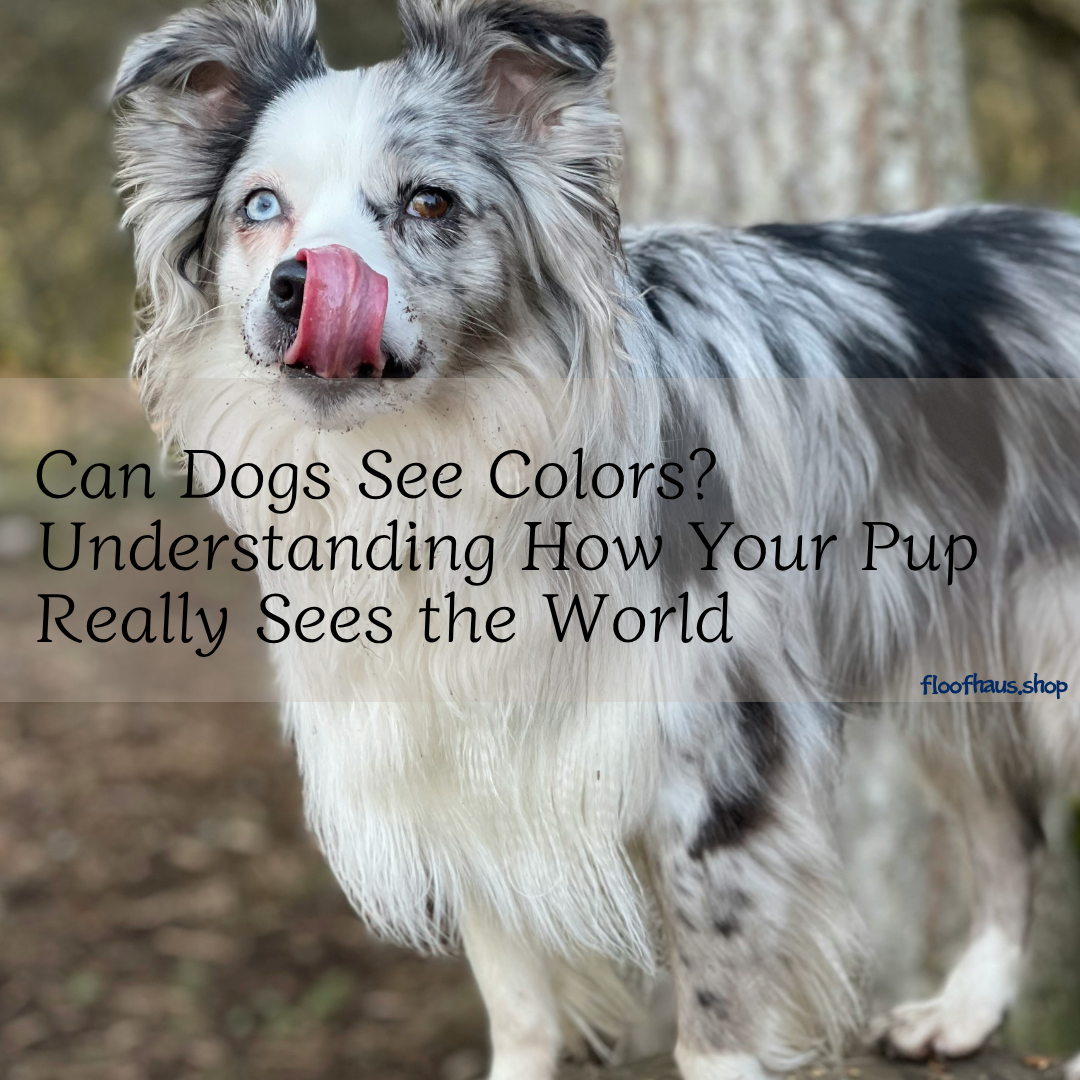
Can Dogs See Colors? Understanding How Your Pup Really Sees the World
Share

Many pet owners wonder if they pups can see the world in colors. Science reveals that dogs see colors differently than humans do.
Introduction
Our canine companions fascinate us with their senses. Dogs have excellent smell and hearing, but vision raises unique questions.
Do dogs live in a black-and-white world? Or can they see colors like we do?
The truth is in between. Research shows that dogs can see colors, but not with the same vividness as humans.
Understanding Dog Vision
Human eyes contain three types of color receptors, known as cones. These cones detect red, green, and blue wavelengths.
Dogs, however, only have two types of cones. This means their vision is “dichromatic,” compared to our “trichromatic” sight.
Instead of seeing a full rainbow, dogs see a limited spectrum. Their color world is similar to red-green colorblindness in humans.
What Colors Dogs Actually See
They see colors, but not all shades. Their vision detects blue and yellow most clearly.
Reds and greens appear muted or grayish. A bright red toy may look brown to your pup.
Blue and yellow toys stand out the most. That’s why many dog products feature these colors for easier recognition.
Why This Matters for Daily Life
Color perception affects how dogs interact with their environment. Toy and accessory choices matter more than many owners realize.
- Playtime: Yellow and blue toys are easier for dogs to spot.
- Training: Bright, visible colors improve focus during outdoor activities.
- Safety: Leashes and harnesses in blue or yellow are more noticeable to dogs.
Making color-smart choices can enhance your dog’s daily experiences.
The Science Behind It
In one study, dogs learned to distinguish colored cards from gray ones. The dogs consistently picked the correct colored cards.
This showed that dogs rely on color recognition, not just brightness. Their dichromatic vision allows them to make basic distinctions.
Though limited, this skill helps dogs navigate and respond to their environment.
Comparing Dog and Human Vision
Humans see a rich spectrum because of three cones. Dogs, with two cones, process colors differently.
- Humans: Red, green, and blue sensitivity.
- Dogs: Blue and yellow sensitivity.
Imagine seeing the world through a softer, cooler palette. That’s what dogs experience daily.
Practical Applications for Dog Owners
Knowing how pups see colors can improve your pet care routine.
- Choose the right toys. Pick blue or yellow toys for visibility.
- Select training gear wisely. Use high-contrast items for outdoor commands.
- Enrich playtime. Add colorful but visible balls and tug ropes.
- Improve safety. Harnesses in blue or yellow stand out better than red.
By adapting to your dog’s vision, you create a more engaging environment.
Do Dogs Use Color in Communication?
Dogs primarily communicate through body language and scent. However, color still plays a small role in recognition.
For example, a dog may notice a yellow ball faster than a red one. Faster recognition can improve interaction during games.
While color is not their strongest sense, it still contributes to their world.
Myths About Dog Vision
Many people believe dogs see only black and white. This myth dates back to early 20th-century assumptions.
Modern science disproves this. Dogs can see colors, though not the full human range.
Understanding this helps pet owners make smarter choices. It also deepens appreciation of canine perception.
At Floofhaus: Supporting Pet Owners
At Floofhaus, we love helping owners understand their pets. Knowing that dogs visions the world not only in black and white is a powerful insight.
Choosing the right products based on your dog’s vision enhances both play and safety.
That’s why many Floofhaus toys and accessories feature blue and yellow shades. We design with your pet’s senses in mind.
Conclusion
Dogs see the world in blues and yellows, while reds and greens appear muted.
By understanding this, you can improve training, safety, and playtime for your furry friend.
At Floofhaus, we celebrate these discoveries, turning science into practical tips for happier pets.
Sources
www.akc.org/expert-advice/dog-breeds/can-dogs-see-color/
